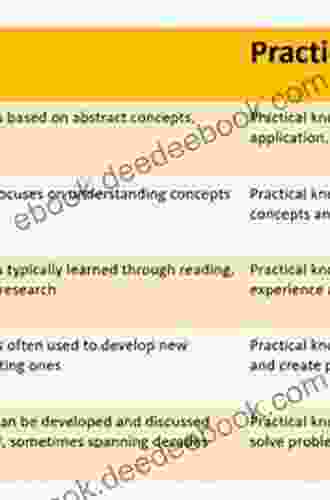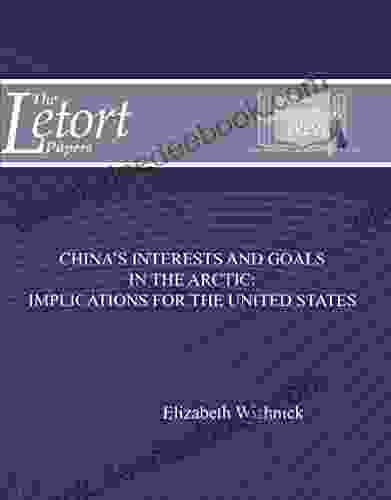Theoretical and Practical Dimensions: Redefining the Boundaries of Knowledge for a Dynamic World


In the ever-evolving landscape of knowledge acquisition and application, the relationship between theory and practice has long been a subject of debate and exploration. The pursuit of knowledge has traditionally been divided into these two distinct realms: theory, the realm of abstract ideas and principles, and practice, the realm of concrete application and experience. However, the boundaries between these dimensions are becoming increasingly blurred as we recognize the interconnectedness and interdependence of knowledge in a dynamic world.
5 out of 5
| Language | : | English |
| File size | : | 5830 KB |
| Text-to-Speech | : | Enabled |
| Screen Reader | : | Supported |
| Enhanced typesetting | : | Enabled |
| Word Wise | : | Enabled |
| Print length | : | 291 pages |
| Hardcover | : | 338 pages |
| Item Weight | : | 1.12 pounds |
| Dimensions | : | 5.83 x 0.81 x 8.27 inches |
| Paperback | : | 148 pages |
The Theoretical Dimension: Foundation for Understanding
Theory provides the conceptual framework through which we interpret and make sense of the world around us. It offers abstract principles, models, and explanations that guide our understanding and decision-making processes. By formulating theories, we can develop a deeper comprehension of complex phenomena and establish a foundation for further inquiry and innovation.
Theoretical knowledge empowers us to:
- Identify patterns and relationships
- Predict outcomes and make informed decisions
- Develop new insights and expand our understanding
- Communicate complex ideas and concepts effectively
However, it is crucial to recognize that theories are not absolute truths but rather approximations of reality that are subject to revision and refinement as new evidence emerges.
The Practical Dimension: Catalyst for Application
Practice, on the other hand, involves the application of theoretical knowledge in real-world contexts. It is through practice that we transform abstract ideas into tangible outcomes, solve problems, and create value. Practical knowledge enables us to:
- Implement solutions and achieve desired outcomes
- Develop skills and expertise through hands-on experience
- Adapt theories to specific situations and requirements
- Evaluate the effectiveness of theories and make necessary adjustments
Practice provides a vital feedback loop that informs and enriches theoretical knowledge, ensuring its relevance and adaptability.
Bridging the Gap: The Interplay of Theory and Practice
The relationship between theory and practice is not a hierarchical one where one is superior to the other. Rather, it is a dynamic interplay that fosters mutual growth and advancement. Theory provides the foundation for practice, while practice validates and refines theory.
By bridging the gap between these dimensions, we unlock the potential for:
- Enhanced Problem-Solving: Combining theoretical understanding with practical experience enables us to tackle complex problems from multiple perspectives, leading to more effective and innovative solutions.
- Increased Adaptability: Theories provide a flexible framework that can be adapted and applied to diverse real-world situations, enhancing our ability to navigate change and uncertainty.
- Continuous Improvement: The feedback loop between theory and practice allows us to refine and enhance both, leading to a continuous cycle of knowledge improvement and innovation.
- Effective Communication: By translating theoretical concepts into practical applications, we improve communication and understanding between researchers, practitioners, policymakers, and the general public.
Implications for Education and Knowledge Management
The blurring of boundaries between theory and practice has significant implications for education and knowledge management. Traditional educational models that rigidly separate theoretical and practical elements need to be re-examined.
- Curriculum Integration: Curricula should be designed to seamlessly integrate theoretical concepts with practical applications, allowing students to see the interconnectedness of knowledge and develop both theoretical understanding and practical skills.
- Experiential Learning: Hands-on learning opportunities, such as internships, research projects, and simulations, should be incorporated into educational programs to provide students with direct experience in applying theoretical knowledge to real-world challenges.
- Contextualized Learning: Learning activities should be tailored to the specific context and needs of learners, ensuring that theoretical and practical dimensions are relevant and meaningful.
- Knowledge Management Systems: Knowledge management systems should be designed to facilitate the sharing and dissemination of both theoretical and practical knowledge, creating a collaborative environment where knowledge can be continuously refined and applied.
In a rapidly changing world where knowledge is constantly evolving, the theoretical and practical dimensions are becoming increasingly intertwined. By recognizing the interconnectedness and interdependence of these dimensions, educators, researchers, practitioners, and policymakers can create a more robust and adaptable knowledge ecosystem.
Bridging the gap between theory and practice empowers us to solve complex problems, develop innovative solutions, and make informed decisions. It is through the harmonious interplay of these dimensions that we can unlock the full potential of knowledge for the betterment of our world.
5 out of 5
| Language | : | English |
| File size | : | 5830 KB |
| Text-to-Speech | : | Enabled |
| Screen Reader | : | Supported |
| Enhanced typesetting | : | Enabled |
| Word Wise | : | Enabled |
| Print length | : | 291 pages |
| Hardcover | : | 338 pages |
| Item Weight | : | 1.12 pounds |
| Dimensions | : | 5.83 x 0.81 x 8.27 inches |
| Paperback | : | 148 pages |
Do you want to contribute by writing guest posts on this blog?
Please contact us and send us a resume of previous articles that you have written.
 Book
Book Novel
Novel Reader
Reader E-book
E-book Newspaper
Newspaper Sentence
Sentence Bookmark
Bookmark Bibliography
Bibliography Foreword
Foreword Footnote
Footnote Scroll
Scroll Tome
Tome Bestseller
Bestseller Classics
Classics Library card
Library card Biography
Biography Reference
Reference Encyclopedia
Encyclopedia Narrator
Narrator Character
Character Librarian
Librarian Catalog
Catalog Card Catalog
Card Catalog Borrowing
Borrowing Stacks
Stacks Research
Research Lending
Lending Reserve
Reserve Journals
Journals Reading Room
Reading Room Rare Books
Rare Books Interlibrary
Interlibrary Literacy
Literacy Study Group
Study Group Thesis
Thesis Dissertation
Dissertation Storytelling
Storytelling Book Club
Book Club Theory
Theory Textbooks
Textbooks B J Castillo
B J Castillo Don Fredrick
Don Fredrick Dawn Peters
Dawn Peters Rupert Darwall
Rupert Darwall Robert C Cottrell
Robert C Cottrell Manik Joshi
Manik Joshi Grace Paley
Grace Paley Martin Schneider
Martin Schneider Reema Patel
Reema Patel Luke Leblanc
Luke Leblanc Randy Carey
Randy Carey Thema Bryant Davis
Thema Bryant Davis Dave Mehler
Dave Mehler R J Cregg
R J Cregg Edie Baylis
Edie Baylis Carolyn Jefferson Jenkins
Carolyn Jefferson Jenkins Jeremy Strong
Jeremy Strong Orin Starn
Orin Starn John Mackey
John Mackey Dawn Chance
Dawn Chance
Light bulbAdvertise smarter! Our strategic ad space ensures maximum exposure. Reserve your spot today!
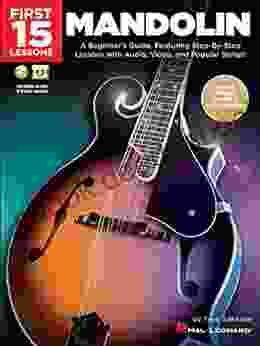
 Brody PowellBeginner Guide to Playing the Piano: Step-by-Step Lessons with Audio, Video,...
Brody PowellBeginner Guide to Playing the Piano: Step-by-Step Lessons with Audio, Video,... Felix HayesFollow ·11.9k
Felix HayesFollow ·11.9k Neal WardFollow ·3.1k
Neal WardFollow ·3.1k Walt WhitmanFollow ·10.8k
Walt WhitmanFollow ·10.8k Amir SimmonsFollow ·10.8k
Amir SimmonsFollow ·10.8k John KeatsFollow ·16.2k
John KeatsFollow ·16.2k Corey GreenFollow ·13.9k
Corey GreenFollow ·13.9k H.G. WellsFollow ·6.8k
H.G. WellsFollow ·6.8k Richard SimmonsFollow ·16.2k
Richard SimmonsFollow ·16.2k
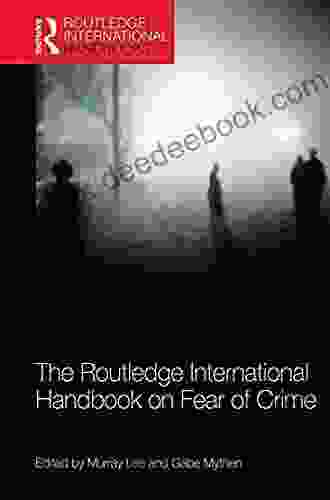
 E.E. Cummings
E.E. CummingsThe Routledge International Handbook on Fear of Crime
Fear of crime is a serious problem that can...
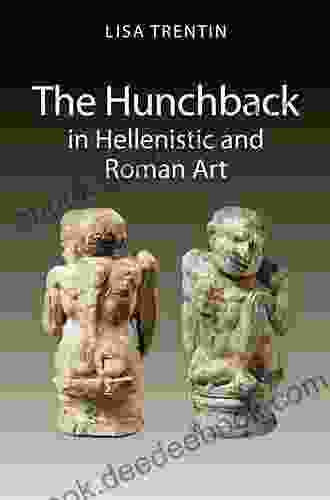
 Fletcher Mitchell
Fletcher MitchellThe Hunchback in Hellenistic and Roman Art: A...
The hunchback, or kyphosis, is a physical...

 Victor Turner
Victor TurnerA Comprehensive Guide to Needle Felting for Moms:...
Needle felting, a captivating craft...

 Joseph Foster
Joseph FosterWhere is Scandinavia?
Scandinavia is a region in...

 Leon Foster
Leon FosterNovel Shades of Magic: A Masterpiece of Magical...
An Enthralling...
5 out of 5
| Language | : | English |
| File size | : | 5830 KB |
| Text-to-Speech | : | Enabled |
| Screen Reader | : | Supported |
| Enhanced typesetting | : | Enabled |
| Word Wise | : | Enabled |
| Print length | : | 291 pages |
| Hardcover | : | 338 pages |
| Item Weight | : | 1.12 pounds |
| Dimensions | : | 5.83 x 0.81 x 8.27 inches |
| Paperback | : | 148 pages |


